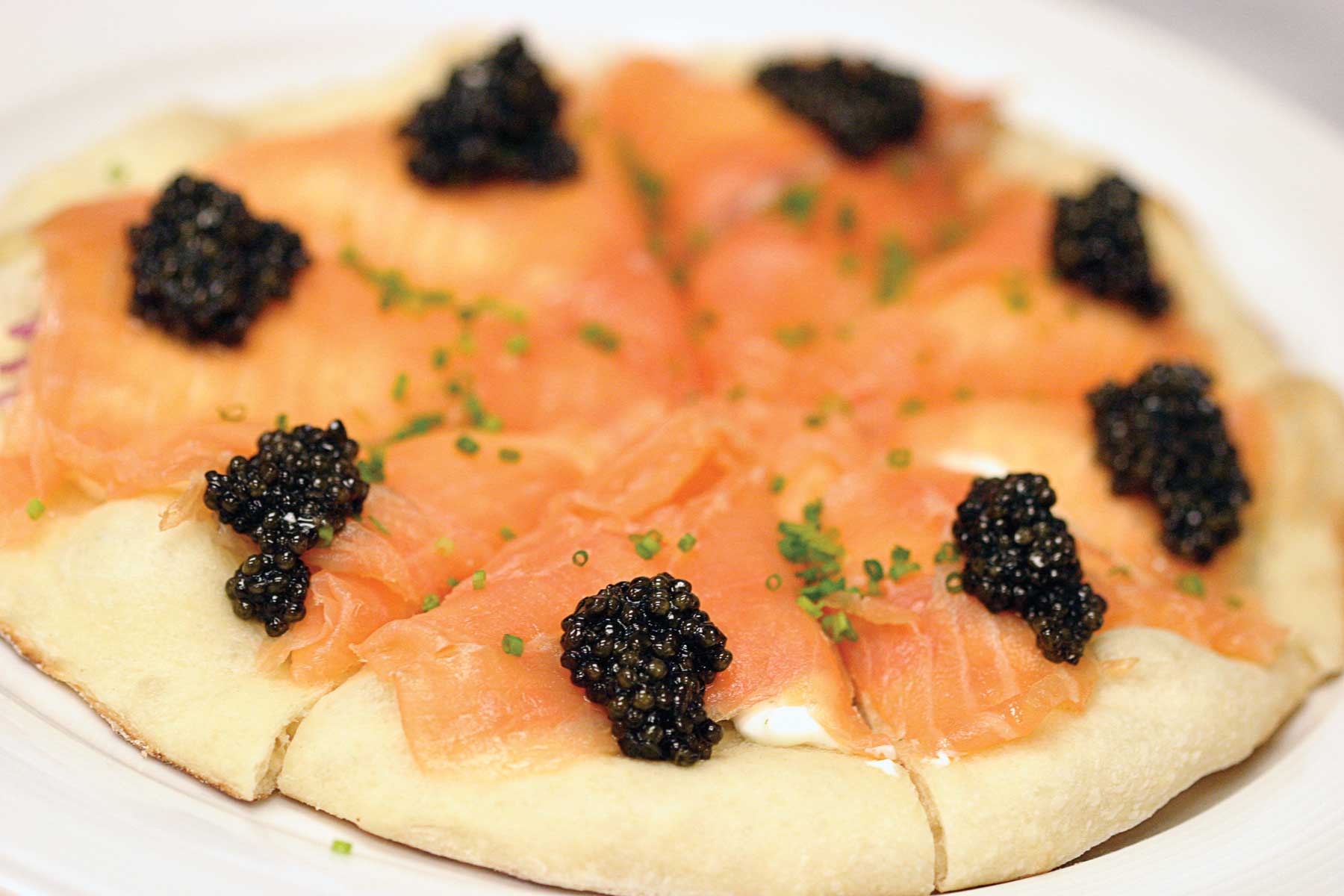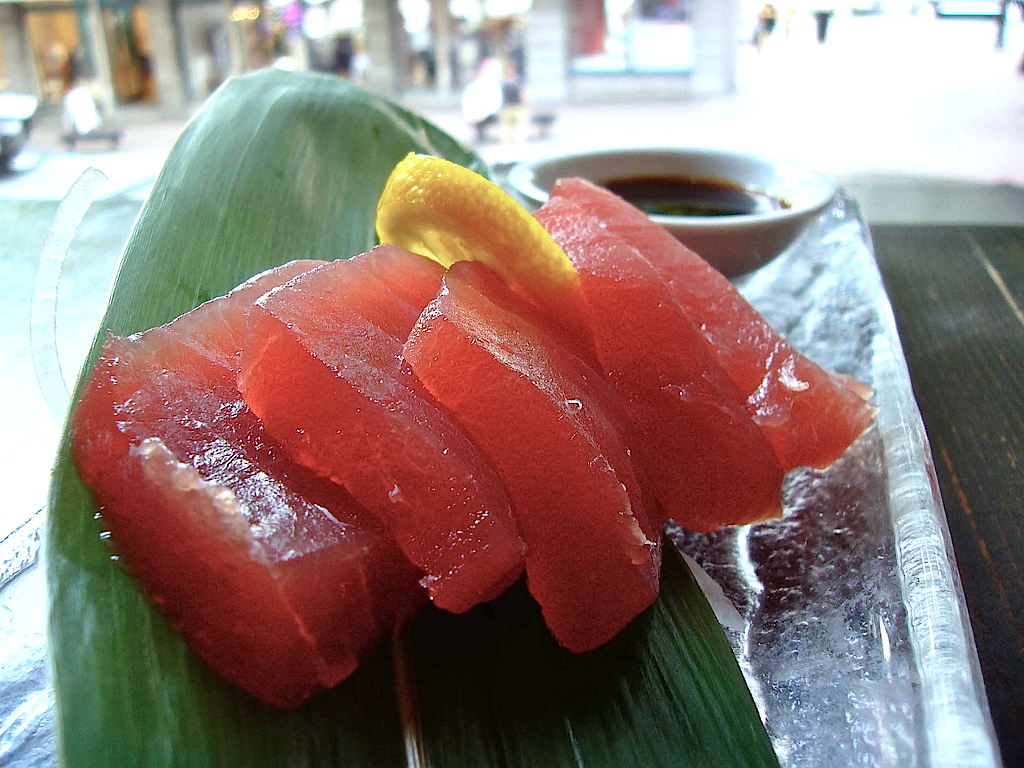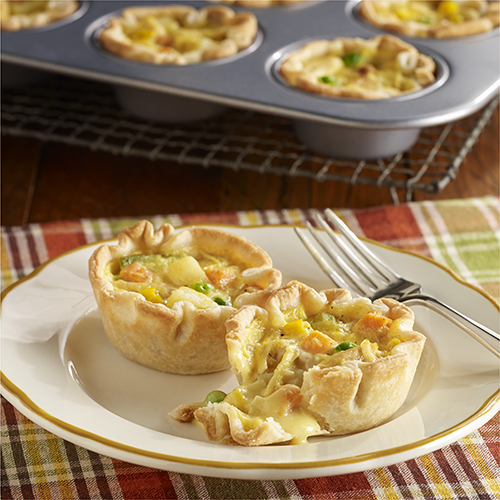Pizza with smoked salmon and caviar
Wolfgang Park – Spago restaurant, Los Angeles, California, 1982

The recipe for this pizza, according to Park himself, was invented quite accidentally. A famous actress, whose name is not disclosed, once came to “Spago” and ordered a brioche with smoked salmon. The bread in the kitchen, unfortunately (or fortunately), had run out at the time, had to come up with a solution urgently. As a result, a pizza with smoked salmon and caviar was born, which started the “California” (read gourmet) style of pizza.
P.S. Mr. Park earns his 15 million a year, of course, not by inventing pizza, but mainly by branding inexpensive restaurants, and even fast food at the airport.
Mashed potatoes
Joel Robuchon – “Jamin” restaurant, Paris, 1981.
When the restaurant “Zhamen” was only three months old, it received its first Michelin star for meticulous performance of “nouvelle cuisine” dishes, in particular – for excellent jelly and filigree slices of vegetables. And also for mashed potatoes. A few years later, Robuchon decided to “return to the roots” and cook rustic – rustic – country food according to his grandmother’s recipes. But his mashed potatoes had gone down in history forever by that time. Joël’s introduced 2:1 ratio of potatoes to butter has since become a standard in all high cuisine restaurants.
P.S. Tried to cook such mashed potatoes. It is a delicious fact. And 150 grams of butter for 600 grams of potatoes is quite enough. Butter is desirable from Bordier.
Egg “flower” with truffle, goose fat, sausage and dates.
Juan-Marie Arzac – “Arzac”, San Sebastian, Spain, 1980s
Juan-Marie Arzac studied under Paul Bocuz and brought the ideas and technologies of “nouvelle cuisine” to his homeland, giving the start to the Spanish culinary revolution and doing with Basque cuisine what Bocuz did with French: removing all unnecessary and heavy things from it, including fats and cooking time. For this, now a legendary dish of new Basque cuisine, Arzak let out in a food film a chicken egg with truffle essence and goose fat, tied it tightly and boiled it according to the principle of pasta eggs. Ready egg, the form reminding a flower, was served with mousse from sausages and dates, mushrooms and bread crumbs. The technology is used by many cooks and went down in the history of cooking as “Arzak egg”.
P.S. Arzak called molecular cuisine technoemotional, which has not fundamentally changed its essence: decor instead of content.
Ravioli with foie gras and truffle in chicken broth
Alain Ducasse – restaurant “Louis XV” (Le Louis XV), Monte Carlo, Monaco, 1987

Ducasse is one of the first and few French cooks, who spit on the “novel cousin principles”, sang and reproduced the rich taste of traditional French cuisine. In his restaurant in Monte Carlo he combined culinary traditions of Italy and his native Provence. Stuffed foie gras ravioli became one of the most famous dishes of Ducasse, reproduced many times by different chefs, including Alain himself – in 2008 he served ravioli in a topinambur console in his New York restaurant Adour Alain Ducasse.
P.S. Tried this dish in the Kiev restaurant Le Grand Café in 2005. The restaurant closed a little later.
Black cod with pasta miso
Nobu Matsuhisa – “Matsuhisa” Restaurant, Los Angeles, 1987
Nobu’s main merit is that he showed the Americans that Japanese cuisine is not only sushi rolls. Using traditional technologies, Matsuhisa marinaded the black cod fillet in a mixture of sake, miso, myrrh, and sugar, and then roasted it to a dark crispy crust. Suddenly it turned out that not only soup can be made from miso pasta, but the price of previously unnecessary (and therefore obscenely cheap) black cod has soared to heaven, not only from Los Angeles to New York (where Matsuhisa opened his second restaurant TriBeCa), but also in the rest of the civilized world.
P.S. Matsuhisa called coalfish black cod and owns the restaurants together with Robert De Niro.
Tagliatelle with oysters and caviar
Marco Pierre White – Harveys restaurant, London, 1987
Having his hand stuffed in the not the most ordinary French restaurants La Tante Claire and Le Gavroche, Marco Pierre White opened the Harviz restaurant in London and became famous as the most talented and furious young English chef. Perhaps, the most famous dish of his ‘early’ period was a set of five oyster shells, which contained oysters themselves with tagliatelle, ber blanc sauce and black caviar. Although the dish clearly had French roots (oysters and mousse were served in the shells in Le Gavroche, and tagliatelle with langoustines in the restaurant with the long name Belmond Le Manoir aux Quat’Saisons), for the English culinary scene of that time it was a real breakthrough.
P.S. The famous Gordon Ramsay studied with Marco Pierre. The question is what he learned.
Sashimi is made of young tuna with mustard and sauce made of marinated yolk in soy sauce
Yoshihiro Murata – Kikunoi Restaurant, Kyoto, Japan, 1990’s

Yoshihiro Murata is a representative of the “new wave” of high Japanese kaiseki cuisine. He was one of the first Japanese chefs, who began to popularize sashimi thick slices. And his author’s sauce of pickled yolks became a perfect alternative to traditional soy sauce, wasabi and pickled ginger. Rene Redzepi, Ferran Adria and Nobu Matsuhisa highly appreciate Murata’s contribution to modern gastronomy, in particular, the proof of the importance of fermentation processes and “fifth taste” by minds.
P.S. Restaurant Kikunoi is 42nd in the list of 50 best restaurants in Asia for 2016.
Ocean trout confitures
Tetsuya Vakuda – Tetsuya’s restaurant, Sydney, Australia, 1992
Tetsuya Vakuda has combined Japanese culinary philosophy, French classical technology and Sydney local products in his kitchen. He was inspired to create this dish by chef Pierre Koffmann’s famous goose fat salmon confit. Tetsuya cooks trout in low-temperature olive oil to preserve the color of fish, sprinkles comba with algae and serves with red caviar and fennel salad.
Oysters and pearls
Thomas Keller – “The French Laundry”, California, 1994.
The role of “pearls” in this dish is performed by tapioca, watered with a thick sauce sabayon of egg yolks and white wine, and a generous portion of black caviar. Next to it, there are natural oysters.
P.S. Its two restaurants The French Laundry and Per Se have 3 Michelin stars each and are among the most expensive restaurants in the USA.
P.P.S. Keller guessed with a place. Restaurants with stars and three-digit bills are popular there.
“Shell” of dough with chicken
Chang Yang Tak – “Lung King Heen” restaurant, Hong Kong, 2000s

Chang Yang Tak is the first Chinese chef, whose restaurant received three Michelin stars. He is famous for bringing Cantonese cuisine to the world level. This dish, despite the simplicity of ingredients, became famous for its perfect cooking.

